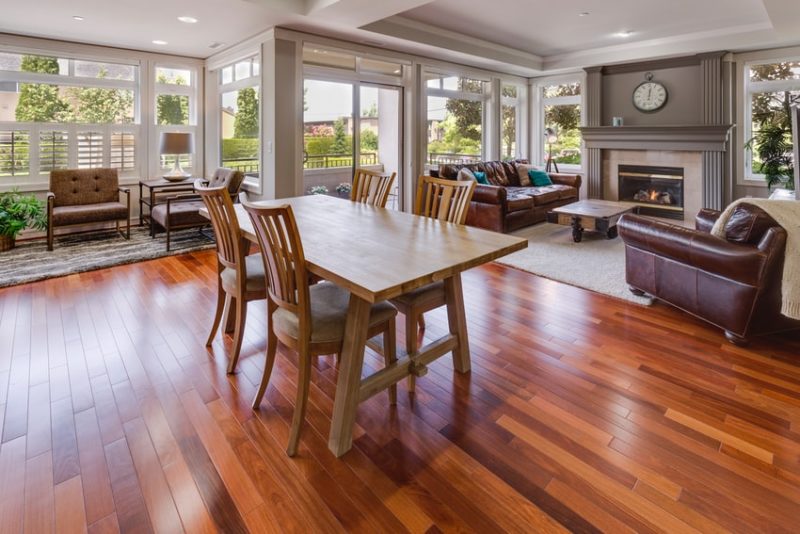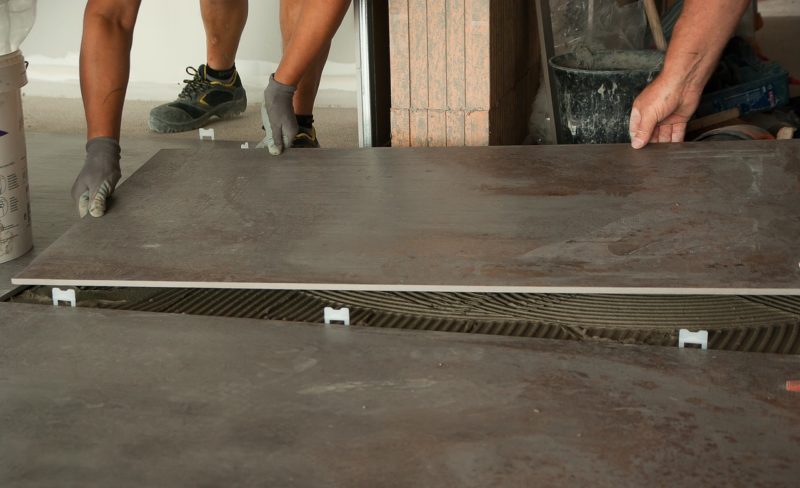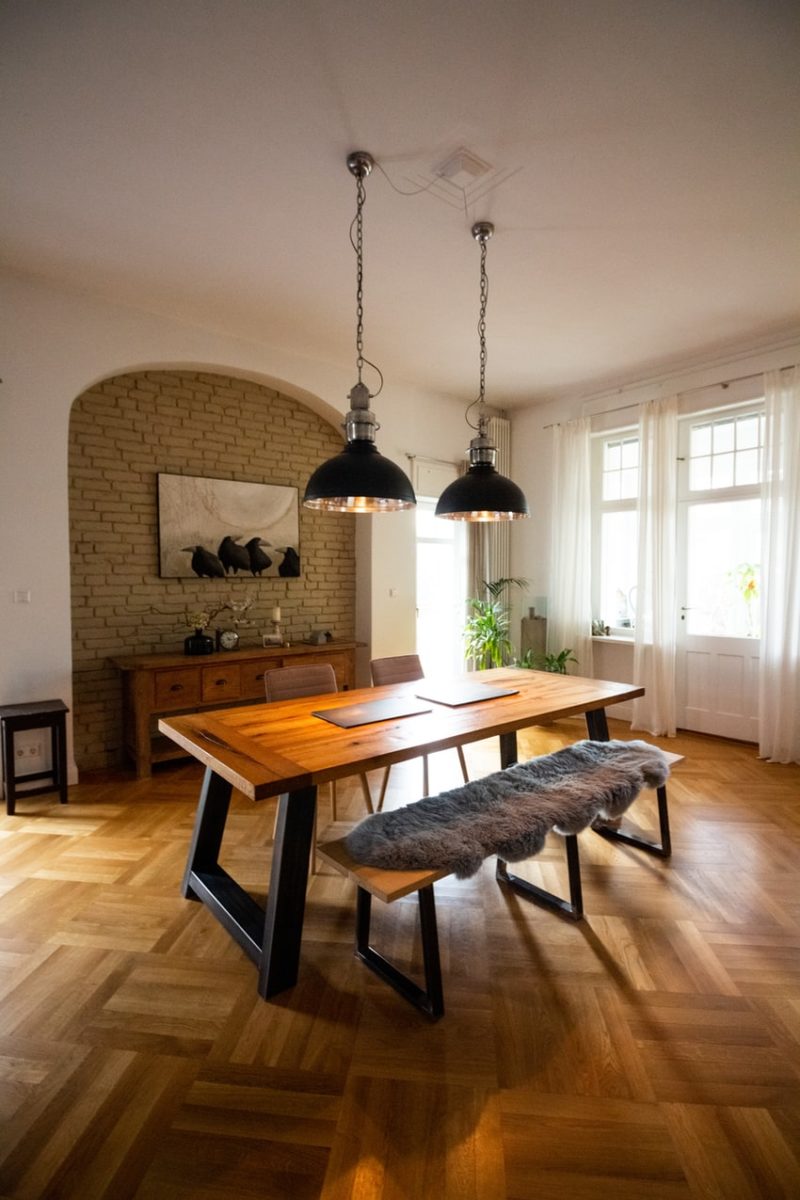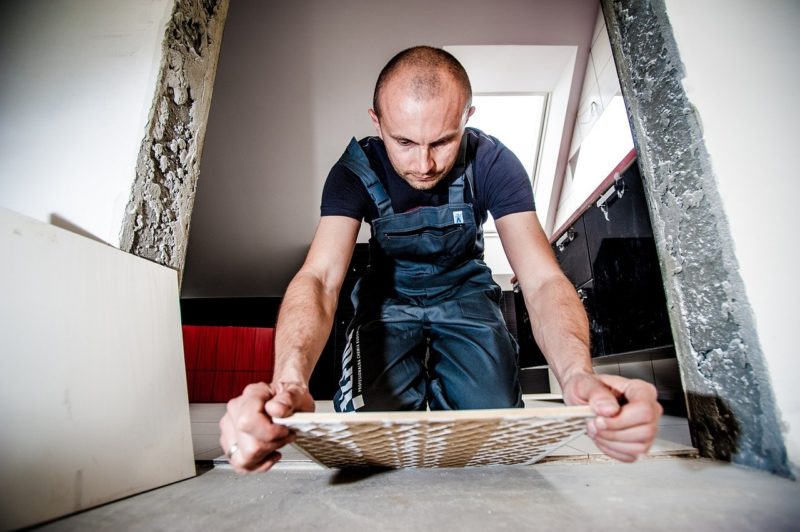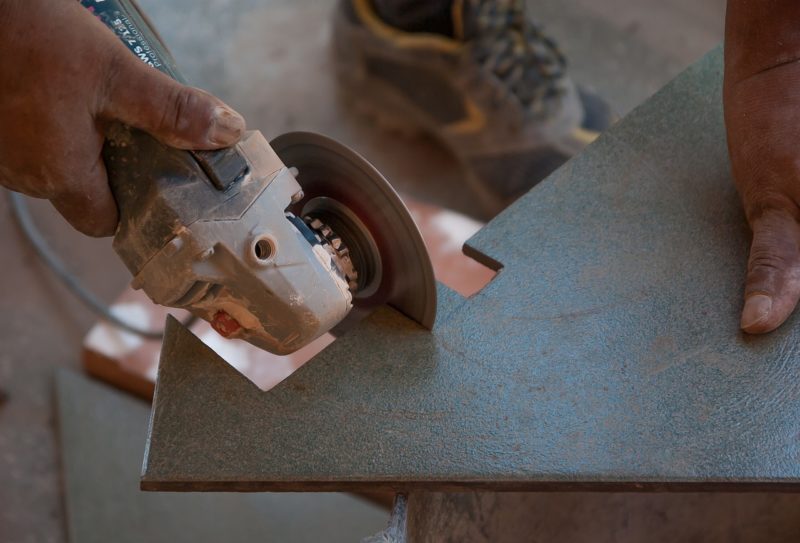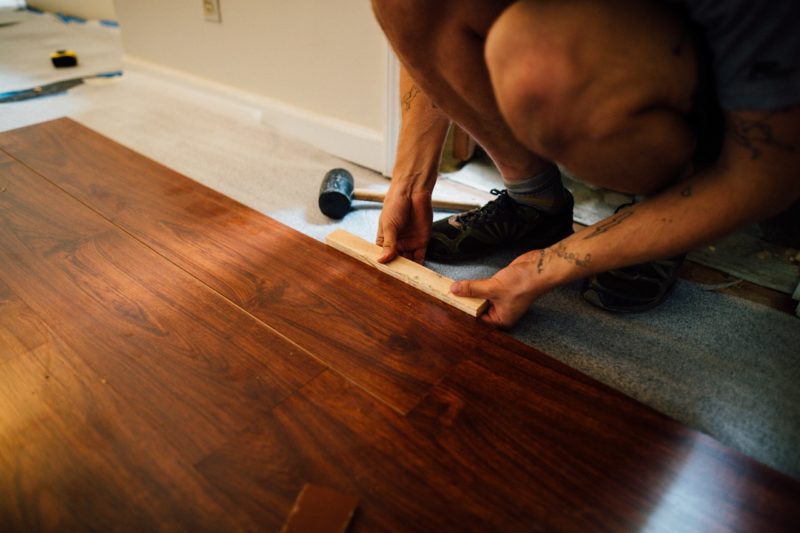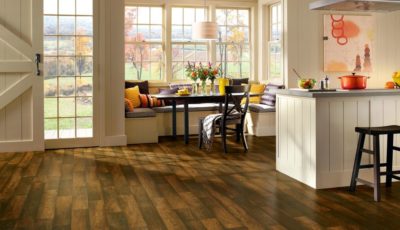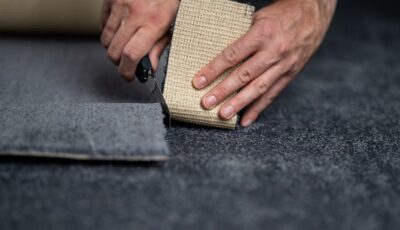How to Choose Flooring for your Home
Installing new flooring throughout your home is a big job and one of the most important decisions you’ll make about your interior décor. Getting it right is essential to achieving the right look and spending your money well. But with so many choices, styles and materials, how do you know which flooring is right for you and your home? Here, we’ll take a look at the different flooring types, their benefits and limitations.
Flooring materials
The first thing you might want to consider when choosing flooring for your home is the materials. And there’s a lot to choose from including wood, luxury vinyl and ceramic tile.
So, which is best? Well, this depends on where you’re installing it. Bathrooms and kitchens need durable materials that are water-resistant. This is why tiled floors are so popular. But tiles can be made from different materials including ceramic, porcelain and stone. And stone is porous, so it requires sealing to keep it hygienic and protected. Ceramic tiles are both durable and affordable while porcelain tiles usually offer more style options but can be expensive.
Wood is certainly stylish and wears well with the right maintenance. But again, it can be expensive. Engineered wood is made from a mix of timbers with a veneered surface, so it’s a bit more affordable yet looks just as good. With a bit of care, it can also last as long as solid wood. If you want the practicality of wood but with less maintenance, you could fake it with wood-style tiling or luxury vinyl planks.
Of course, there may be rooms that don’t need hard flooring such as bedrooms and nurseries. So, you may decide on carpet. Again, there are material choices here too. Carpets can be made of natural materials such as wool, sisal and jute. Or a synthetic material such as nylon or polyester. Synthetic carpet is often available in a wider range of colors and is hard-wearing. Natural materials can be harder to clean but do look and feel nice and are more sustainable.
Patterns and styles
As important as the materials, is the style, pattern and color of your floor. For example, small or dark rooms may benefit from lighter colored flooring. Patterns are another big consideration. Heavy stripes or distinctive patterns may create a fantastic, bold interior. However, they can date your home quite quickly.
If you’re installing wood flooring, a Herringbone pattern can make a plain floor look modern and stylish. But it may date after a few years or make it look too similar to other homes. So, if you want a more individual interior, it may be an idea to look at other styles.
Although it may seem boring at first, going for neutrals such as black or white tiles, natural wood or plain carpets, can work well for interiors. They’re more likely to coordinate with changing styles and tastes in your home, meaning you won’t have to renew the floor every time you have a refresh.
Installing flooring
Installing floors is a hefty task and one that causes a lot of upheaval around the home. Plus, it can need specialist help, so this does need to factor in your decision. For example, a decorative concrete contractor is more applicable when it comes to installing or applying concrete floorings. This task usually entails skill and precision for a better result.
If you want to keep costs down or like a DIY project to keep you busy, then there are plenty of flooring products that are easy to lay yourself. However, some flooring is best left to experienced trades or specialists to install, to get a good finish and make it last as long as possible.
Tiles are typically easy to install yourself, but you can make it easier by choosing plain rather than patterned tiles, so there’s less to lining up or working out to do, and less wastage. Large square or rectangular tiles are also easier to lay than hexagonal or small tiles.
Equally, when you’re installing wood flooring you may wish to choose engineered wood instead of solid wood. This is because some brands use the same click system of slots and grooves that laminate and vinyl flooring have. This makes it far easier to install as a DIY project.
However, if you’re planning to buy quality materials such as oak and are after a high-end finish, you may decide to get the flooring professionally installed. This may reduce wastage from mistakes and is often quicker too, reducing the upheaval in your home.

